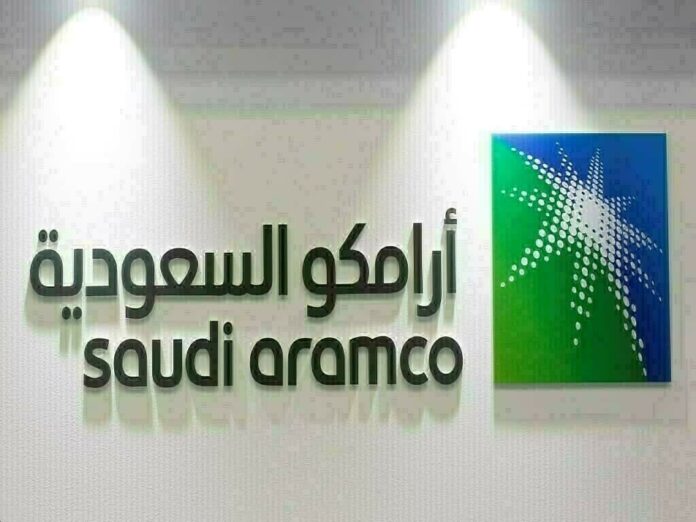Saudi Aramco reported a decline in second-quarter revenues on Tuesday, attributing the drop to lower crude oil and refined chemical product prices. However, the decrease was partially offset by higher traded volumes. The world’s largest oil company declared an adjusted net income of 92.04 billion Saudi riyals ($24.5 billion) for the three months ending in June, exceeding its forecast of $23.7 billion.
Revenues for the quarter fell to 378.83 billion riyals, down from 425.71 billion riyals in the same period last year. Despite this, Aramco CEO Amin Nasser remained optimistic, stating that “market fundamentals remain strong,” and forecasted that oil demand in the second half of 2025 would exceed the first half by more than two million barrels per day.
Capital expenditure in the June quarter increased slightly to 46.2 billion riyals, compared to 45.5 billion riyals in the same period last year. RBC analysts noted a recovery in refining results despite weaker upstream earnings, with Aramco’s capital investments totaling $25.5 billion in the first half of 2025, slightly below the company’s full-year guidance of $52-58 billion.
Crude prices have remained subdued throughout the year, with a brief spike in the second quarter due to tensions between Israel and Iran. Market uncertainty, worsened by Washington’s tariffs, has pressured futures. However, Aramco’s income is expected to rise with increased output following the unwinding of 2.2 million barrels per day in voluntary cuts by Saudi Arabia and other OPEC and non-OPEC partners, set to conclude in September.
Aramco’s dividend policy remains a key focus for investors. After a drop in profits in the first quarter, the company reduced its 2025 dividend forecast to $85.4 billion, down from $124.2 billion in 2024. For the third quarter, Aramco declared a base dividend of $21.1 billion, with an additional $0.2 billion performance-linked dividend. Despite the cut, the company’s dividend yield stood at 5.5%, still surpassing U.S. peers like ExxonMobil and Chevron.
Saudi Arabia’s GDP grew by 3.9% in the second quarter, driven by non-oil sectors, as the country continues to pursue its Vision 2030 plan to diversify away from oil dependency.




